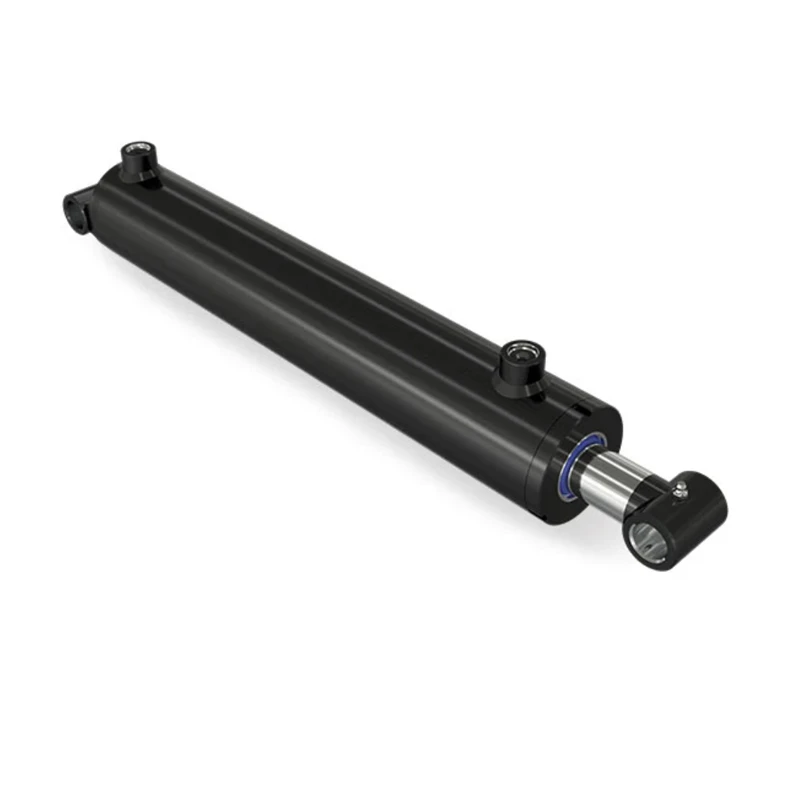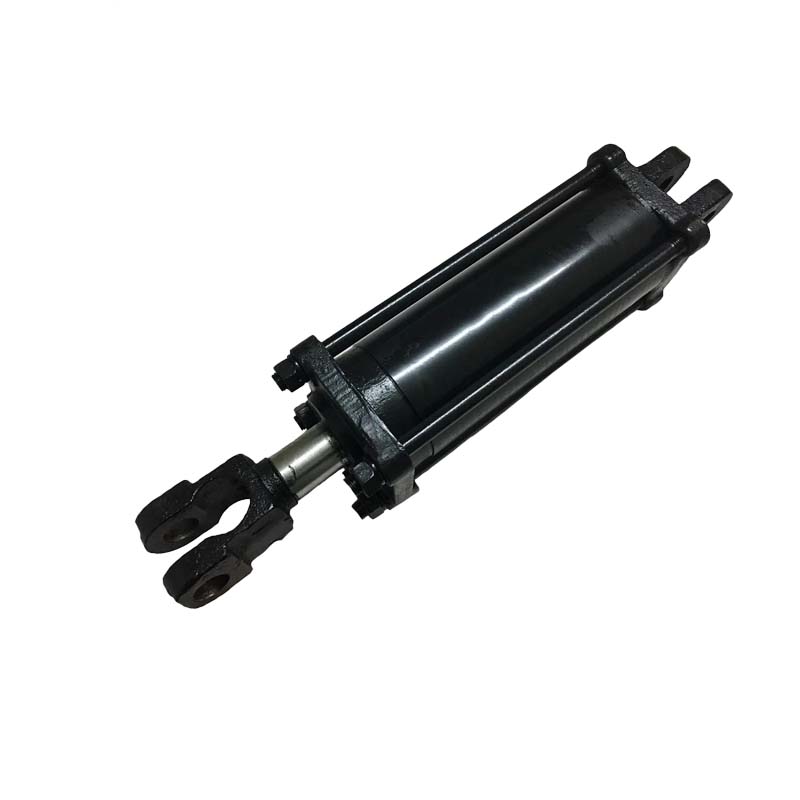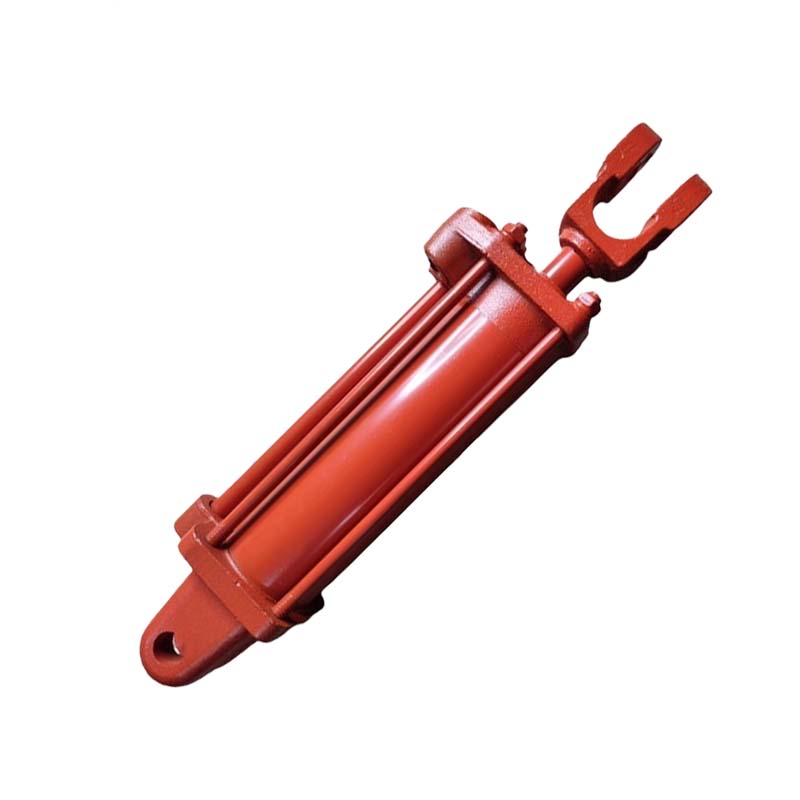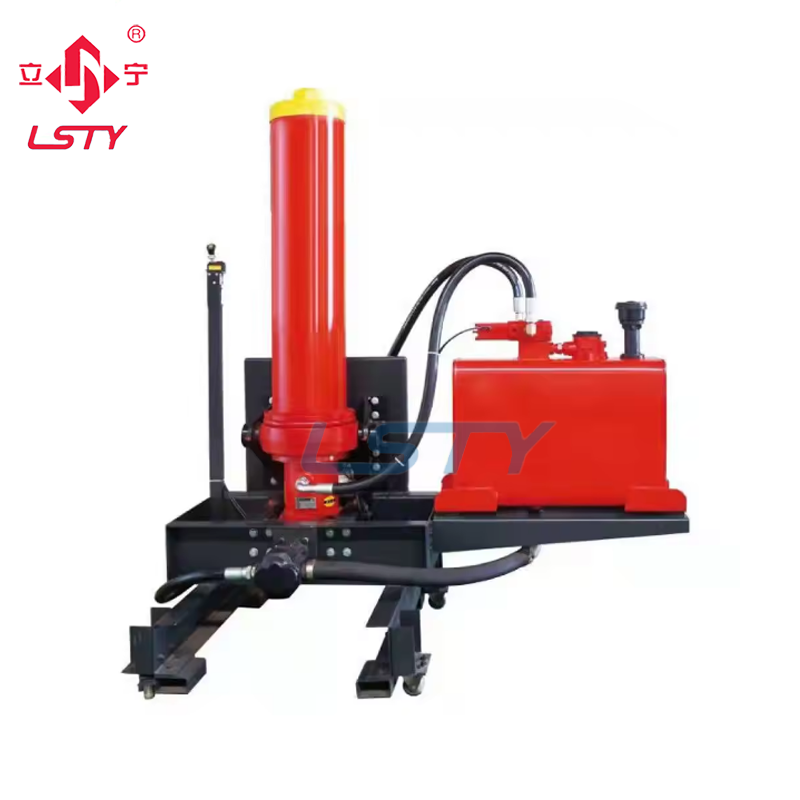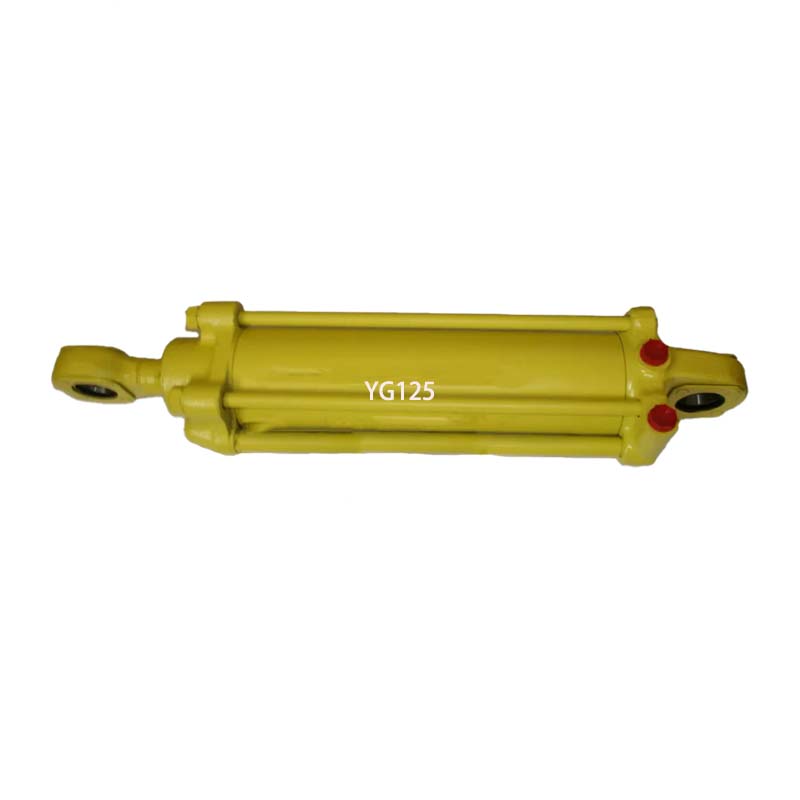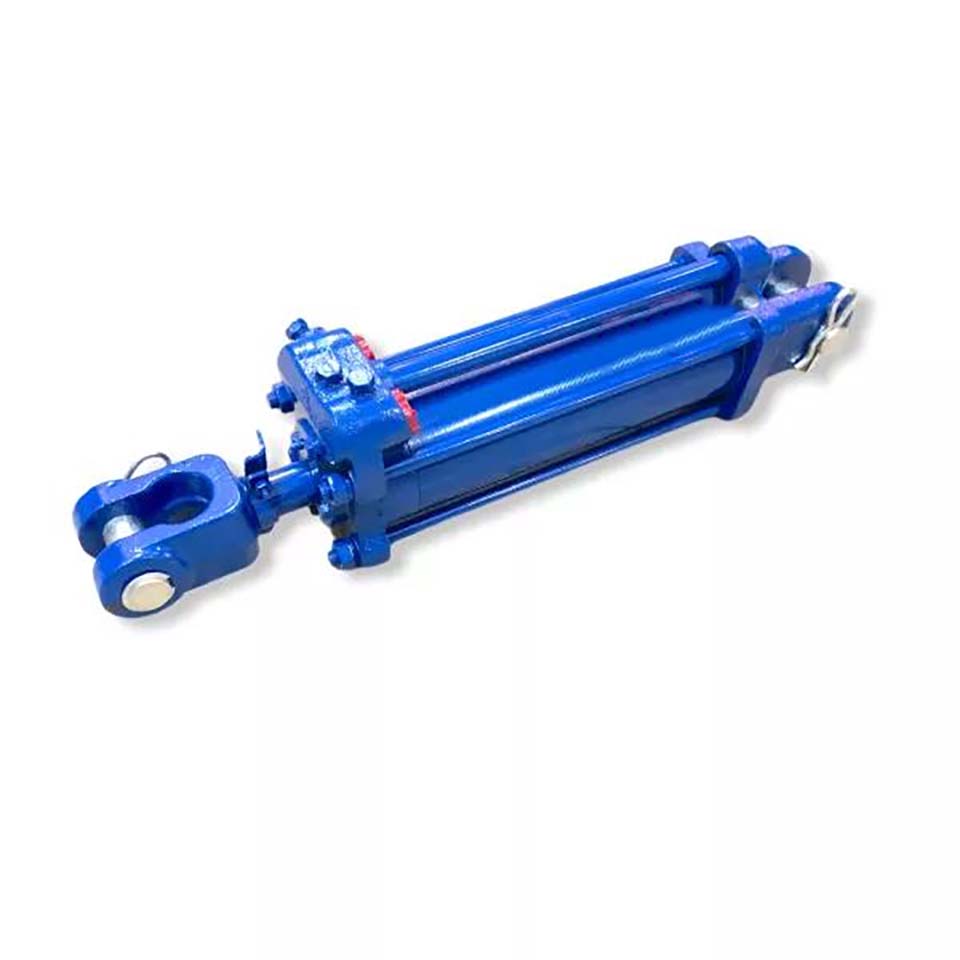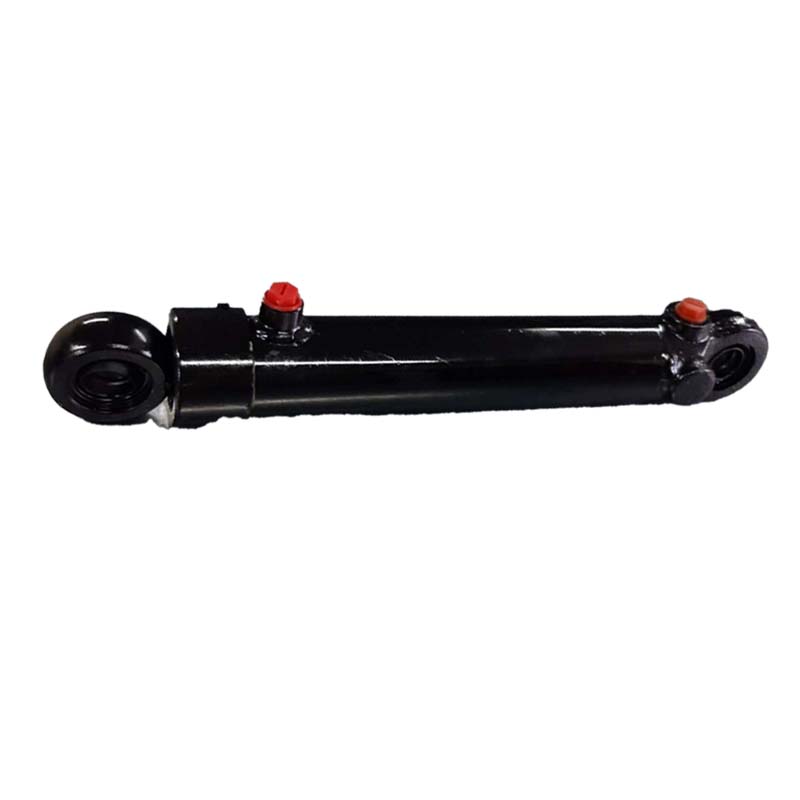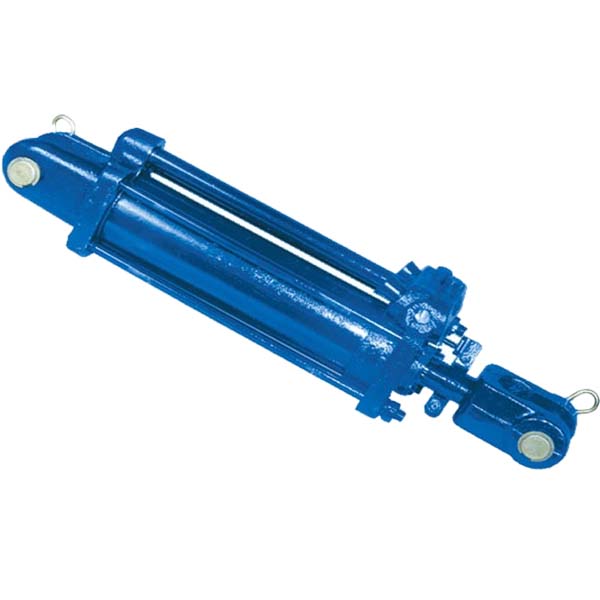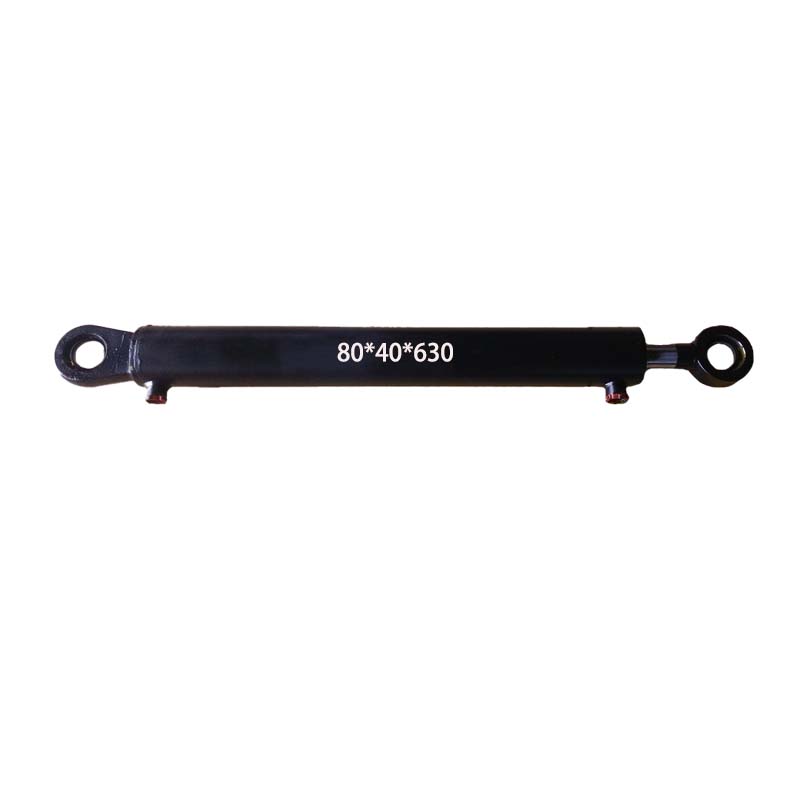A hydraulic cylinder is a mechanical actuator used in hydraulic systems to produce linear motion and force through the use of pressurized hydraulic fluid. Essentially, it is a device that converts the energy stored in hydraulic fluid into physical movement. Hydraulic cylinders consist of a cylindrical barrel, a piston, a rod, and end caps. The piston is the central component that moves within the cylinder when hydraulic fluid enters the cylinder through one of its ports. The force exerted by the fluid on the piston causes the piston to move, which in turn moves the rod attached to the piston. This linear motion can be used to drive machinery, lift heavy loads, or perform other tasks requiring substantial force, such as in construction equipment like excavators, cranes, and bulldozers. Hydraulic cylinders are essential in many industries, providing power for lifting, pressing, pushing, pulling, or tilting operations. They are also used in manufacturing, automotive, and material handling applications. The ability to exert significant force in a controlled, predictable manner makes hydraulic cylinders crucial for tasks that require precision and power, and their adaptability to various applications helps make them a key component of hydraulic systems worldwide.
How Does a Hydraulic Cylinder Work?
A hydraulic cylinder works by converting the energy of pressurized hydraulic fluid into linear motion, which generates force to perform a wide variety of tasks. The basic structure of a hydraulic cylinder consists of a barrel, piston, piston rod, and end caps. When hydraulic fluid enters one side of the cylinder, typically through the piston side (the larger side of the cylinder), the pressure forces the piston to move along the barrel. This movement pushes the piston rod out of the cylinder. The force exerted by the fluid on the piston is transmitted to the piston rod, creating mechanical force that can be used for lifting, pressing, or pushing objects. Depending on the application, hydraulic fluid can also be directed to the opposite side of the piston to retract the piston rod. This back-and-forth motion allows for precise control of machinery, such as the lifting of a hydraulic arm or the pushing of a plunger in industrial presses. The cylinder's stroke, which is the distance the piston moves, determines how far the piston rod can extend or retract. Hydraulic cylinders are used in numerous applications where substantial force and controlled movement are necessary, such as construction, automotive manufacturing, and agricultural machinery.
What Are the Different Types of Hydraulic Cylinders?
There are several types of hydraulic cylinders, each designed for specific applications, and they vary in design, function, and operating characteristics. One common type is the single-acting hydraulic cylinder, which is powered by hydraulic fluid on one side of the piston, with the rod side being powered by external force or gravity for the retraction stroke. These are typically used in applications where only one direction of force is needed, such as in hydraulic jacks or presses. Another type is the double-acting hydraulic cylinder, which has hydraulic fluid applied to both sides of the piston, providing force for both extension and retraction. Double-acting cylinders are used in applications where continuous motion in both directions is required, such as in construction machinery, lift systems, and agricultural equipment. Telescopic cylinders are a type of double-acting cylinder with multiple nested tubes, allowing for a long stroke length in a compact size, ideal for use in dump trucks or crane booms. Tie-rod cylinders, often used in mobile machinery, are designed with external tie rods that hold the cylinder together, offering ease of maintenance and durability. Additionally, plunger cylinders are another type, where the piston rod extends to the end of the cylinder, providing a simple design but limited stroke length. The choice of hydraulic cylinder depends on factors like load capacity, stroke length, space constraints, and application needs.











